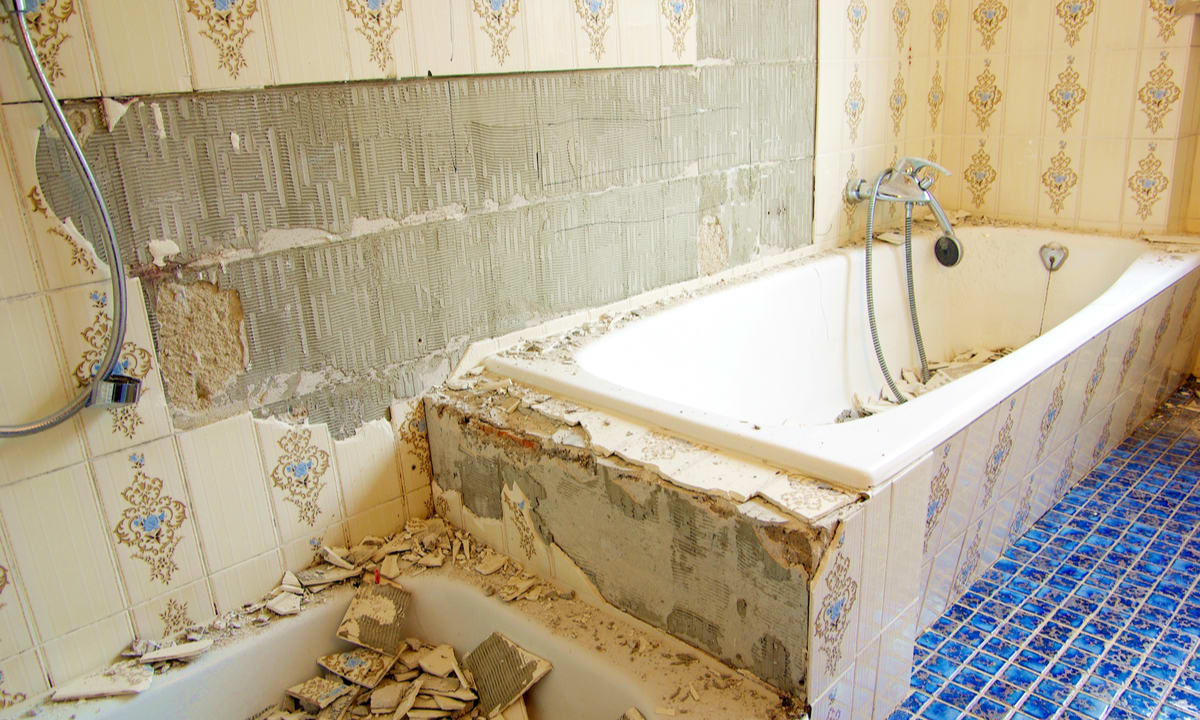Eco-Art: The Greening of the Arts Scene
Art has always been a reflection of society and the times we live in. It is a medium through which we communicate our values, beliefs, and concerns. In recent years, as the urgency of environmental issues has increasingly entered the public consciousness, a new art movement has emerged: eco-art. Through a fusion of artistic expression and environmental activism, eco-artists are using their creativity to highlight our planet's fragility and advocate for its protection.

The Birth of Eco-Art
The roots of eco-art can be traced back to the 1960s and 70s, an era marked by growing environmental awareness and activism. The emergence of the environmental art movement, with artists like Robert Smithson and his groundbreaking earthworks, set the stage for what would become eco-art. These artists began to step outside the confines of traditional gallery spaces, using nature as both their canvas and medium. They sought to create a dialogue between humanity and the natural world, challenging our perceptions and encouraging us to consider our impact upon it.
The Evolution of Eco-Art
Over the decades, eco-art has evolved and diversified, encompassing a wide range of mediums and approaches. Some artists use natural materials to create their works, while others incorporate elements like renewable energy or recycled waste. Some focus on the beauty and intricacy of the natural world, while others confront us with stark depictions of environmental destruction.
Eco-Art in the Present Day
Today, eco-art continues to push boundaries and provoke thought. For instance, British artist Jason deCaires Taylor has received international acclaim for his underwater sculptures, which double as artificial reefs to promote marine conservation. Meanwhile, American artist Mel Chin’s ‘Revival Field’ project uses plants to clean toxic soil, highlighting the potential for science and art to intersect in the service of the environment.
Impact and Reception
Eco-art has made significant waves both within the art world and beyond. It has been featured in major exhibitions and art festivals worldwide, gaining recognition for its innovation and its message. Moreover, it has sparked conversations about the role of art in society and its potential as a catalyst for change.
Critics and audiences alike have praised eco-art for its ability to communicate complex environmental issues in a visually striking and emotionally resonant way. It invites us to see the world from a different perspective and encourages us to reflect on our relationship with the environment.
The Future of Eco-Art
As we grapple with the realities of climate change and environmental degradation, eco-art is more relevant than ever. It is a powerful tool for raising awareness and inspiring action. As this movement continues to evolve, we can expect to see more artists embracing eco-conscious practices and exploring new ways to express their environmental concerns.
In the realm of arts and entertainment, eco-art represents a compelling fusion of creativity and activism. It challenges us to reconsider our place in the natural world and to take responsibility for its preservation. As such, it is not just a trend but a vital part of our cultural dialogue on the environment.
Eco-art is not simply about creating beautiful works of art; it is about using art as a platform to advocate for change. It is a movement that allows artists to engage in the critical environmental discussions of our time, using their creativity to inspire action and promote sustainable practices. With its unique blend of art and activism, eco-art is a vibrant and vital part of the contemporary art scene, offering a fresh, unique, and necessary perspective on the world we live in.




